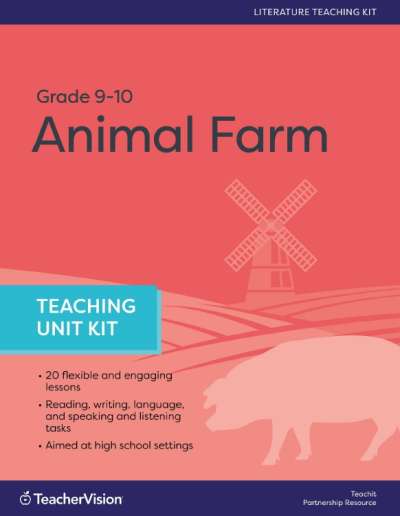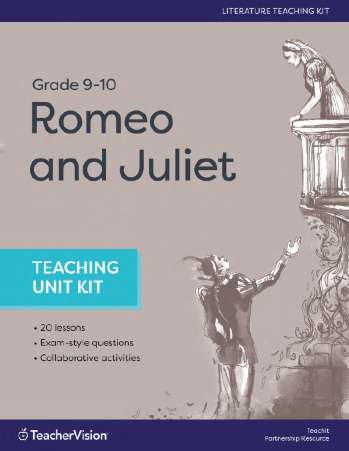Ultra-organized classrooms seem practically to run themselves. Here are five steps you can follow that include advice on organizing resources, records, students, and how to prepare for your absence.
Page 2 of 2
Step Four: Prepare for extracurricular events.
Preparing for activities in addition to the everyday routine can be a lot of work. If you plan ahead, you'll minimize the amount of stress that these events can produce.
- Plan field trips in advance. Take a large envelope (10" x 13"), glue a checklist to the front and laminate it. On the checklist include the following:
- group list
- directions
- consent forms
- emergency treatment forms
- name tags
- anything else that you might find necessary
On the day of the field trip use a wipe-off pen to check off which items are inside. Enclose what you need for the field trip and place the envelope on a table so the volunteer drivers can pick it up as they come inside.
- Make Back-to-School Night packets. On the day of Back-to-School Night, have your students create a packet for their families. Include the following:
- a welcome letter
- the school calendar
- your homework policy
- a copy of your daily/weekly schedule
- important phone numbers
- enrichment activities for parents to do with their children at home
- a calendar outline of your curriculum for the upcoming school year
Step Five: Be prepared for absences.
If you've organized your classroom well enough, a substitute teacher should have no problem working in your class when you're out with the flu. Here are a few tips that should help you be prepared for a substitute teacher at any time:
- Create a substitute teacher folder or binder early in the year. Use it to file class lists, fire drill rules, seating charts, times and schedule change information, and a general plan for the day for substitutes to follow. You might also include the names and numbers of teachers' aides, helpful teachers, office procedures, and classroom rules and policies.
- Provide substitutes with class subject information. Include notes on students to assist in certain areas.
- Label your cabinets. Itemize the contents of each cabinet so that substitutes can easily find any supplies or materials they need.













